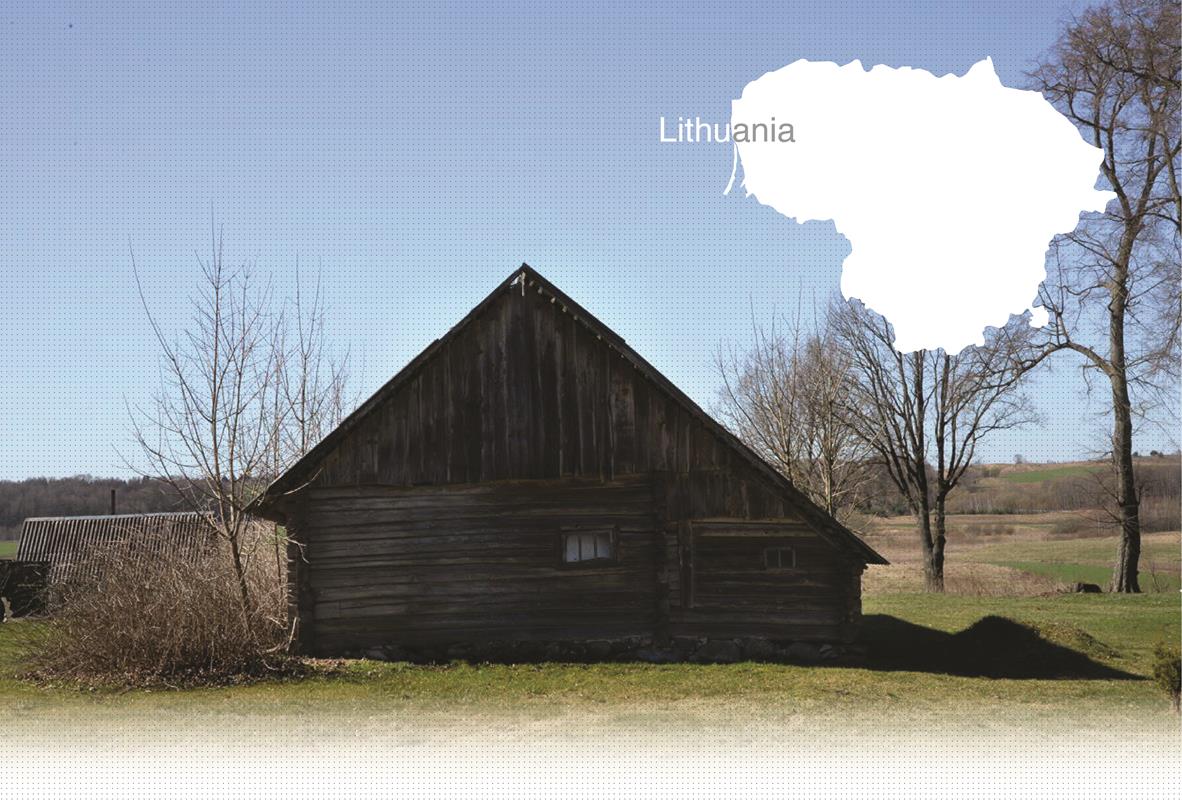

1 Killing site(s)
Witness Albertas P., born in 1930, speaks about his parents’ attempt to save a family of five Jews:
Y.U.: What happened to the Jews when the Germans came?
Witness: When the Germans came, they started assembling the Jews in the ghettos and marked them all with yellow stars. Some of the Jews were shot in the very beginning, while the others were given to farmers as a labor force. My father took our Jewish friends, hoping to save them.
Y.U.: After your father took those Jews, did they live in your house?
Witness: Yes. During the summer, they slept in the granary and came to our house to have a meal. They helped us cut oats.
Y.U.: Didn’t your father get into trouble later for sheltering Jews?
Witness: Of course he did because he was a friend of Jews.
Y.U.: What kind of problems did he have?
Witness: He had to take care of the corpses. They were shot behind the hill, and my father had to bury his friends. (Witness N°255, interviewed in Keblonys, on April 23, 2016)
“Being free and taking advantage of the change of power, I didn’t take revenge on the people whose testimonies led to my arrest and imprisonment. Quite the opposite, I tried to convince my parishioners to abstain from taking revenge on the people who harmed them and from taking part in the shootings of Jews. Although the Jews of Anykščiai were shot, my parishioners didn’t take part in the shootings after my address. I was personally asking the German commandant of Utena not to shoot innocent Jews, but he replied that it was not his will. He also advised me not to address this kind of request to anyone in order to avoid any trouble.”
[Deposition of Juozas Čepėnas, born in 1880, Lithuanian priest and doctor of theology, taken on March 12, 1951, Lithuanian Special Archives, Fund K–1, Inventory No. 58, File No. 34837/3, p. 115-116]
Before WWII, several farmers lived two kilometers southeast of Anykščiai in the location that was known as Anykščiai’s homesteads. It grew into a village after the war and was named Keblonys. No Jews ever lived there, but the district center of Anykščiai had a populous Jewish community of about 2000 people.
After most of the Jews of Anykščiai were killed in the summer of 1941, the perpetrators started searching for the remaining Jews. Two Jewish families—four adults and six children—were found and executed in the village of Keblonys, close to Anykščiai. Their remains lie in the unmarked grave that was located by the Yahad team, with the help of a witness in the village.
For information about the mass executions in Anykščiai, please refer to the corresponding village profile
Do you have additional information regarding a village that you would like to share with Yahad ?
Please contact us at contact@yahadinunum.org
or by calling Yahad – In Unum at +33 (0) 1 53 20 13 17